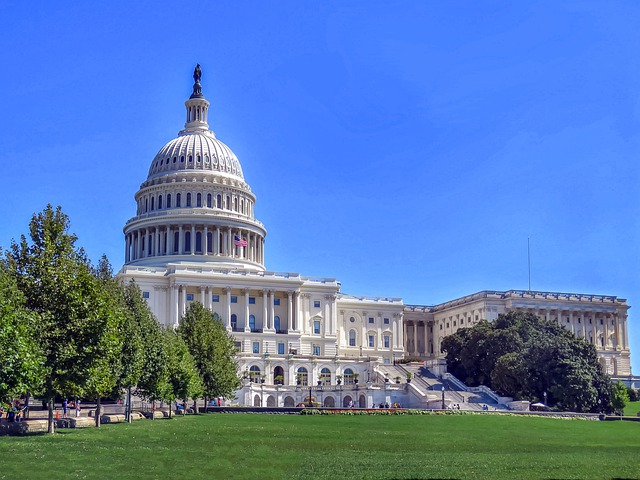The American Rescue Plan Includes $122 Billion for Education: How Can it Be Used?
The American Rescue Plan provides more dollars for education than in the prior two rounds of funding, but there are also more requirements

President Biden is making good on one of his first promises. The American Rescue Plan is now law, and the federal government is pumping $1.9 trillion into the American economy. This leads to an increased role of the federal government involvement in not only state and local government but education as well.
How can American Rescue Plan dollars be used in education?
In the latest legislation, there are more dollars than in the prior two rounds of funding to states and districts, but there are also more requirements.
Here’s a breakdown:
At least 20% of funds must be used to address learning loss through evidence-based interventions that respond to students’ academic, social, and emotional needs. The remaining funds can be used for any allowable use under the Elementary and Secondary Education Act; Individuals with Disabilities Education Act; Carl D. Perkins Career and Technical Education Act; and Adult Education and Family Literacy Act.
Other uses include:
- Purchasing educational technology (including hardware, software, and connectivity as well as assistive technology or adaptive equipment)
- Addressing learning loss
- School facility repairs to reduce risk of coronavirus transmission and support student health
- Summer learning and supplemental after-school programs
- Mental health services
- Conducting activities to address the needs of students from low-income families, children with disabilities, English learners, racial and ethnic minorities, students experiencing homelessness, and youth in foster care
- Coordinating with public health departments
- Implementing public health protocols including policies in line with guidance from the Centers for Disease Control and Prevention for school-reopening
- Implementing activities to maintain the operation and continuity of services and to employ existing staff
The Alliance for Excellent Education has a helpful fact sheet here.
The states also have a couple of stricter requirements for their uses as well. The state is required to allocate 87.5%, which means they are able to keep 12.5% of funds, up 2.5% from the prior two funding rounds. States are also required to spend their funds in the following ways:
Tools and ideas to transform education. Sign up below.
- 5% to address learning loss
- 1% for evidence-based, comprehensive after school programs
- 1% for evidence-based summer enrichment
- 2.5% for educational technology
Connecting students is also still at the top of mind for educators, and after the $3 million removed for the Federal Communications Commission’s E-Rate program out of the last round of funding, the education community successfully advocated for $7.2 billion to help both access and affordability for students and educators.
Supplement not supplant
The first two rounds of stimulus funds to school had little-to-no requirements on how the money for education was spent. This meant that there were some states that chose to cut the exact amount of federal dollars received from the state budget. Congress added a provision this time that puts a few more parameters in place for how the dollars are intended to be spent. In fact, the bill requires that in order to receive funding, “states must provide at least as much funding for K–12 and higher education in fiscal years 2022 and 2023 as a proportion of the state’s overall spending (averaged over fiscal years 2017, 2018, and 2019).”
However, this requirement can be waived by the Secretary of Education. In addition, states and districts must comply with new Maintenance of Equity requirements that prevent state and local funding cuts from disproportionately impacting high poverty districts and schools.”
Planning
This is the first stimulus round to put certain percentage requirements on the uses of funds, which means that planning needs to be even more intentional on how funds are categorized and tracked. This could likely be a once-in-a-lifetime influx of federal funds, and it must be used to scale opportunities and access for every student. If used properly, these one-time monies can go a long way.
Susan comes from a strong policy background as a former staffer in the United States Senate and Legislative Aide in the Iowa House of Representatives.
Along with experience at both federal and state levels, she served as the Deputy Executive Director for the Center for Digital Education, worked for a government relations firm in Arlington, VA and heavily worked on federal and state education policy at iNACOL, where she wrote published reports to move the field forward with innovative learning models, best practices, and policy recommendations.

